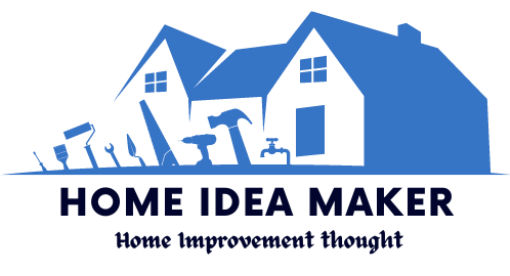Opening a restaurant business, especially the morning café business, can be one of the best experiences of your life. Apart from tough hours and substantial risk, the breakfast café business has a lot of potential to generate millions of dollars. Seems too good to be true? See the example of Starbucks, one of the top café that is already generating millions of dollars.
Thus, breakfast café is all about meeting customer expectations and staying competitive. At the start, you’ll need to start managing by saving on big appliances. You can get the best equipment from many retailers, and the event most businesses already list top equipment, such as a commercial fridge for sale.
But this isn’t the only way to manage your budget. Instead, you also need to do a proper cost estimation to make sure that you have the right amount of budget to start a breakfast café. So, how to do it?
Today’s blog features tips for doing an absolute cost estimation. So let’s get started.
Start a Breakfast Café – An Absolute Cost Estimation
Starting a breakfast café is a great way to get your name out there and make money. It can also be a great way to meet new people, which is important if you want to grow as an entrepreneur. But before you open your doors and start serving customers, there are some things that have to be done first. This article will walk through how much it costs to start up a breakfast café based on estimates.
1. Business Plan
A business plan is a document that provides a detailed description of your business, its market, and competition. It should also include financial projections, a detailed description of your management team, as well as marketing strategies.
A good place to start is with a rough estimate of the costs involved in starting up your café. This will help you avoid making mistakes when it comes time to actually open the doors!
2. Find a location and get the necessary licenses.
Before you can open your café, it’s important to find a location and get the necessary licenses.
- Location: You’ll need to determine if there is enough space for your operation and if you’ll be able to rent it from someone else. If not, then it’s time for some research about finding other locations that might work better for you.
- Permits: Depending upon where you live, there may be certain legal requirements that must be met before opening up shop at this location.
- Insurance: As much as possible, when starting any business venture, should always include some form of insurance coverage against loss due to potentially occurring incidents during operations, such as fire hazards or vandalism caused by vandals looking for easy targets around town.
3. Decide on a Menu and Market Differently
As you begin to plan your business, it’s important to think about what makes your café different from the competition. What will make your breakfast menu stand out?
The first step in this process is deciding on a menu and marketing differently. When deciding on a menu, think about what kinds of foods you like or would like to eat every day—and then choose recipes that fit those preferences. For example, if you love eggs but don’t like bacon (or vice versa), then maybe try making an omelet with avocado instead of ham!
A second way that businesses can differentiate themselves is by choosing locations that are different from their competitors’ locations within a certain radius (for instance: one block away). This way, customers won’t need too much effort going between two places; they’ll simply cross over once during their commute each day instead of having two separate stops required before getting there!
4. Set up the Proper Equipment
To start a breakfast café, you’ll need the following key equipment:
- Commercial Oven: If you’re planning on selling baked goods, this is essential. You can also use it to roast meats and vegetables in the morning before serving them at lunchtime or dinner.
- Commercial Stovetop Range with One or Two Burners: This will allow for faster cooking times than using just one burner (which is highly recommended). If possible, make sure that your stove has an element that reaches 500 degrees Fahrenheit – this will help ensure consistency across all items cooked on it!
- Commercial Refrigerator/Freezer Combo Unit: These units are designed specifically for restaurants that sell prepared meals every day of the week except Sundays. They usually come with shelves inside as well, so you can store more than just sandwiches and salads; things like butter tubs work really well too!
5. Get Help with Funding
You can get a business loan from the Small Business Administration (SBA), but it’s not easy. If you have bad credit or if your personal finances are on shaky ground, this may be difficult to obtain.
There are other options available to help with funding:
- Ask friends and family for donations or loans to start your café; they’ll probably be surprised by how much money they offer!
- Consider applying for grants through organizations like The National Coffee Association or Specialty Coffee Association of America.

